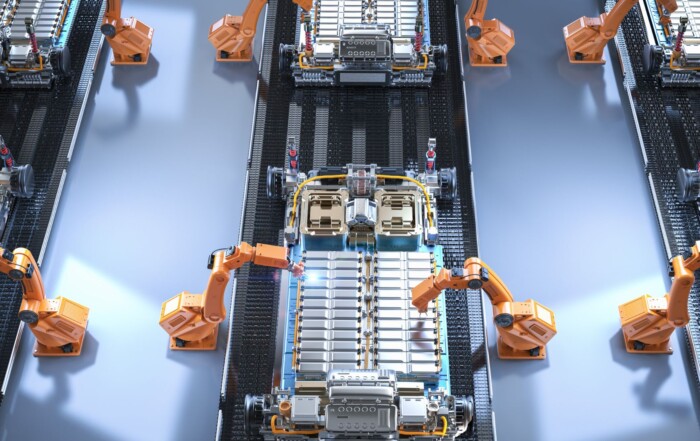Automation with radar sensors
For smart homes
Home automation is an essential part of the future living environment, serving to make life more convenient. Learn more about the role and benefits of radar sensors in the field of home automation.
A concept from industry is now cosying up at home: automation. In the age of Industry 4.0, not only work and production processes are being automated; smart technology is also being further developed to create autonomous assistants. However, this development benefits not only companies but also private consumers. Home automation is a part of the rapidly spreading smart home trend.
Use of sensors in home automation
From electric roller blinds or garage doors, which can open or close in response to a sensor signal, to alarm systems or hoovering robots. To pave the way for home automation, innovative technology is required. As in industry, an important step to achieve this is the integration of radar sensors in technical systems and appliances.
Popular digital butler systems also employ sensors to detect, for example, the presence or absence of a person. The digital display on the refrigerator would like to know whether there is a person for it to interact with. Thanks to built-in sensors, modern speech assistants and multimedia electronics will not be limited to passive communication, but could interact proactively. And without having to listen in. Another tempting technological application consists of a coffee machine that prepares your favourite coffee as you enter the room.
Sensors allow all these devices to be controlled as required and without contact. In the absence of potential users, the devices automatically switch to standby mode and save energy. Intelligent heating and air conditioning systems react to the presence or absence of persons, thereby optimising the room climate and energy consumption. In addition to the efficient use of technical devices, sensors also play a major role in security. Automatic deactivation of possible electronic fire sources, locking of windows and doors, and the traditional alarm system is controlled via detection of movement and user presence. Rooms are lit via innovative lighting concepts when users enter the room and shut down when they leave it. Home automation ensures maximum gains in terms of energy efficiency, convenience, and security in smart homes.
Compact radar sensors installed in electronic devices for your home will spread rapidly, as they currently are in the automotive industry. The entire range of applications of the sensors will only become clearer once the technology’s benefits have been more fully revealed.
10 advantages of radar sensors in home automation
All of these features combined in a single sensor forms the perfect basis for the intelligent control of devices within smart homes. Standardised products with a strong price/performance ratio make radar technology of increasing interest to manufacturers of electronic devices. Many end users are often unaware what technology drives their smart products. To the contrary, manufacturers of smart household appliances or multimedia electronics investigate sensor technology possibilities in order to meet the increasing demand by consumers for more convenience and security.
Two radar sensors that have already successfully established themselves in the field of home automation are shown in brief in the following videos.
picture: © zhu difeng by adobe stock
Share This Content
Building Automation & Smart Home
Contactless and intelligent control for modern technology
Radar sensors take on many tasks for us, thus making our everyday lives easier, safer, and more efficient. They are a kind of sensory organ for objects for perceiving their surroundings. These technological assistants open up new possibilities for operating devices: contactless interaction between humans and devices. The sensors are the link for triggering or automating certain actions without contact or automating them.


